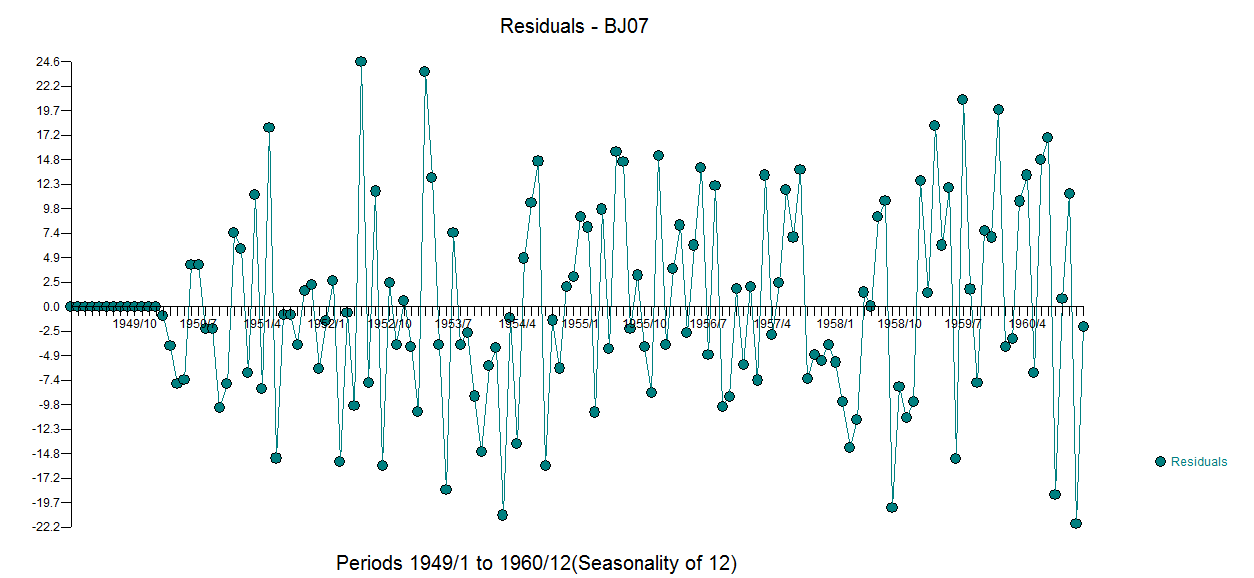 Quick and possibly quite silly question:
Quick and possibly quite silly question:
So I have this time series, there is obviously large seasonality, with observations in winter much higher than in summer. There is also an overall inverse-U-shaped trend, but the change in winter levels is much more prominent than change in summer levels. Now my question is - can this be called seasonal heteroskedasticity? Overall, the winter months do have a higher variance, but what I mean in particular is that they change more year-to-year than the summer months (e.g. the average in Jan rose by 107% 2005-2011, to then decrease by 43% by the end of 2015, in the same periods average in Aug rose by 25% and decreased by 14% respectively). Alternatively, is there another term for such pattern?


